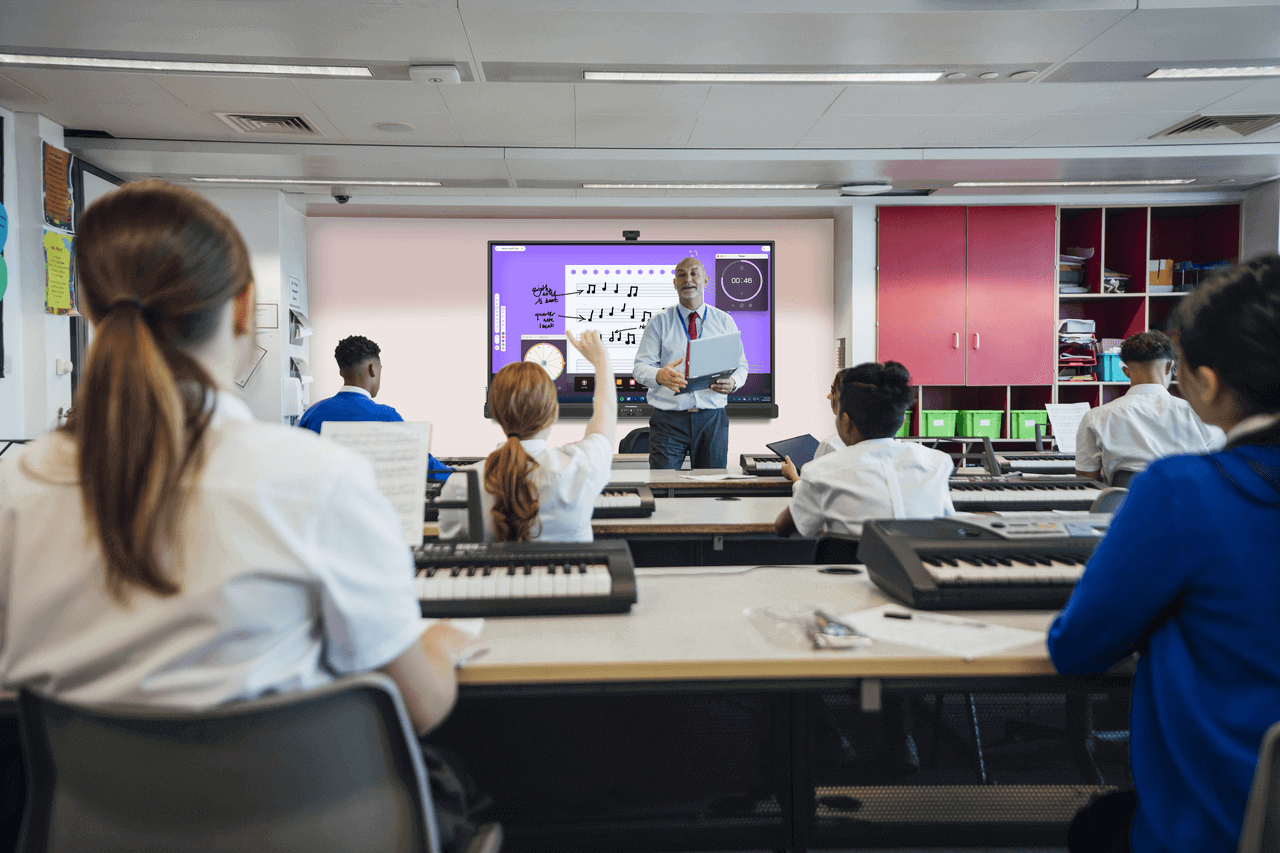Published on March 29th, 2023
2023 State of Technology in Education Report: The benefits of reflection in education
5 minute read

Reflecting on schoolwork is a core part of the learning process. Unfortunately, students are often left to do this on their own, without educators dedicating time to structured reflection in their lessons. Reflection is often only encouraged following an assessment or a piece of feedback, rather than being a regular feature of all lessons.
Experiential learning factors reflection into the teaching approach. It’s a cycle that moves students through experiencing, reflecting, conceptualizing, and experimenting. Our new 2023 State of Technology in Education Report explores what makes this process so valuable to students on a personal and academic level.
What is reflective learning?
Reflection time doesn’t necessarily have to come at the end of class as a final lesson plenary. The experiential approach follows every activity, experience, or experiment with time for students to analyze what they achieved and how they reached that result.
The reflection can be aligned to specific learning goals as well as individual targets or personal outcomes, such as how students collaborated with others, successes, and weaknesses. It aims to make students think analytically and critically about their performance as well as observe how concepts, processes, and skills relate.
What are the benefits of reflection in education?
Reflection time can improve retention by helping students process and digest content, making sure they fully grasp a concept. Taking it slowly makes the experience less overwhelming for mixed ability students and less overstimulating for special education needs (SEN) students. Reflection can ease particularly stressful periods such as examination season.
Reflection in education encourages a growth mindset, providing time to recognize progress, strengths to celebrate, and weaknesses to improve. Students can break down the steps they took to reach an outcome, thinking more about the process and skills they’re learning rather than passively repeating them. This also enables students to identify transferable skills they can apply to other subjects or tasks.
Reflection supports students’ social-emotional needs, such as empathy, emotional intelligence, and other interpersonal skills, alongside their academic development. And according to the 2023 State of Technology in Education Report, most educators agree technology helps support students’ social-emotional needs.
How are schools supporting students’ social-emotional needs this year?
We surveyed over 1,700 teachers, administrators, IT specialists, students, and parents to understand what’s impacting learning in and out of the classroom.
This year’s State of Technology in Education Report paints an in-depth picture of today’s education landscape and the role technology plays in social-emotional learning and student engagement.
Learn more about future trends in edtech based on the views of those closest to it and find out what your peers believe is the biggest issue in education today.
Read our new 2023 State of Technology in Education Report.
Do you want to learn more about student engagement? Check out some additional resources below!
• 12 Student Engagement Strategies
• How to Engage Students Without Relying Solely on Technology
• How Do You Keep Students Engaged at the Beginning and End of a Lesson?
• The benefits of reflection in education
• How to Engage Shy and Quiet Students in The Classroom?
• How to Engage Disengaged Students
• How to Engage Students in a Hybrid Learning Class
• How To Engage University Students
• How to Engage International Students




